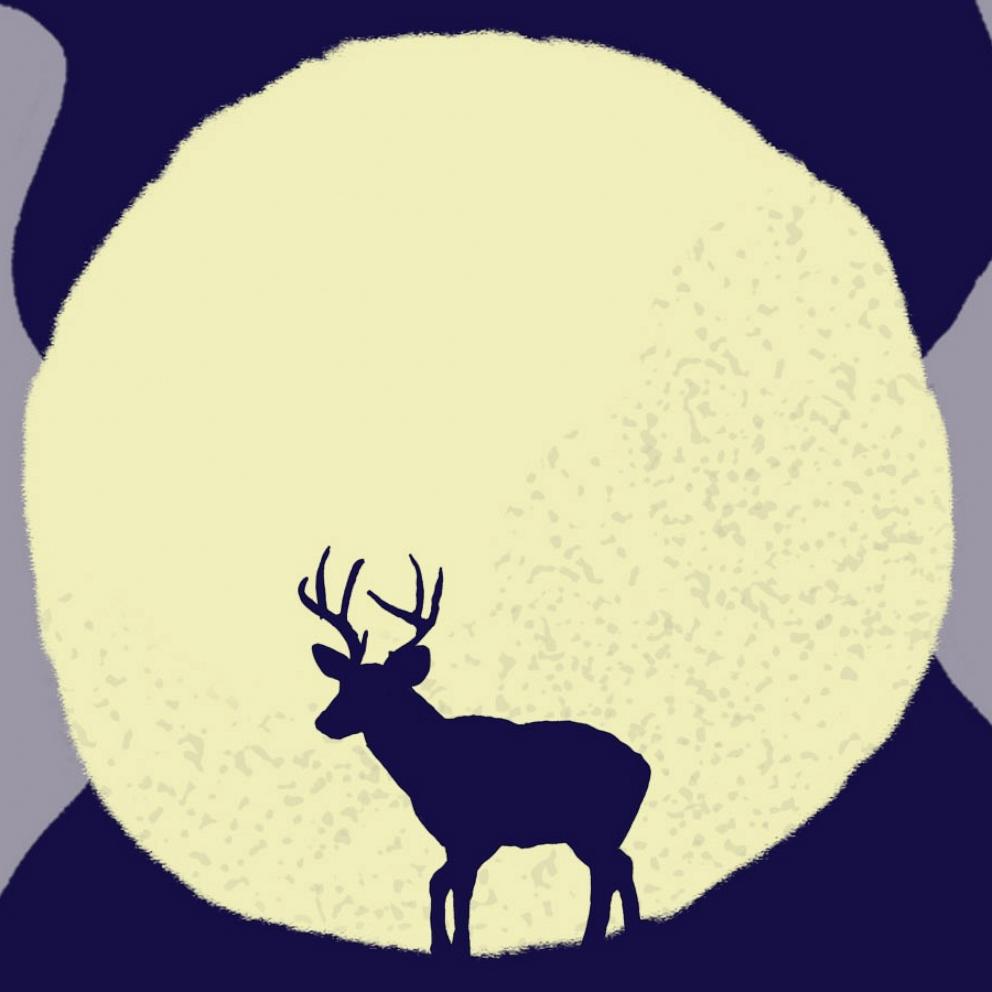Winter solstice 2024: The shortest day of the year is arriving
As holiday lights brighten streets and the season of cheer unfolds, Dec. 21 marks the winter solstice this year -- a reminder that the darkest day of the year is upon us.
For the more than 6 billion people living in the Northern Hemisphere, this astronomical event signals not only the shortest day but also the longest night of the year.
Here's everything you need to know about the winter solstice and its significance.

What is the winter solstice?
The winter solstice occurs in the Northern Hemisphere on Saturday, Dec. 21.
This celestial event happens when the Earth's axial tilt positions the Northern Hemisphere at its farthest point from the sun, resulting in the least amount of daylight for the year.
At 4:20 a.m. ET, the solstice will take place, marking "the beginning of winter in the Northern Hemisphere and summer in the Southern Hemisphere," according to NASA.
This dual phenomenon occurs because the Earth rotates on a tilted axis. Twice a year, the sun's path reaches its northernmost or southernmost point, creating solstices that mark the transition between seasons.

Is Dec. 21 the shortest day of the year?
Yes! If you live anywhere north of the equator, this will be the day with the least amount of sunlight. How much daylight you get depends on where you live. For example, places farther north, like Alaska, will barely see the sun, while areas farther south, like Florida, will still get a bit more light.
"All locations north of the equator see daylight shorter than 12 hours and all locations south see daylight longer than 12 hours," NASA says.
Why is the winter solstice known as the first day of winter?
The two solstices are considered to be the start of the astronomical winter and summer seasons.
Astronomical seasons are marked by solstices and equinoxes, the points when the sun aligns with the equator, according to the National Centers for Environmental Information.
These seasons are based on Earth's natural rotation. In contrast, meteorological seasons divide the year into three-month groups based on temperature patterns, making them more closely aligned with our monthly civil calendar than astronomical seasons.
Will days start getting longer after Dec. 21?
Yes! After the solstice, every day will have a little more sunlight than the one before. By the time we reach the summer solstice on June 20, 2025, it will be the longest day of the year.
So even though Dec. 21 feels dark, it's actually the turning point toward brighter days.
How have people celebrated the winter solstice?

Humans have been celebrating the winter solstice for thousands of years. Ancient civilizations built landmarks like Stonehenge in England and Torreon at Machu Picchu, Peru, to track the sun's movements, according to NASA.
For many cultures, the solstice was a time to reflect on the promise of light returning after the darkest days. Even today, many winter holidays and traditions are rooted in the idea of hope and renewal.
The winter solstice is more than just an astronomical event. It symbolizes the cyclical nature of time, marking the end of one phase and the gradual return of light. While Dec. 21 may bring the darkest night, it also ushers in the promise of longer, brighter days to come.







